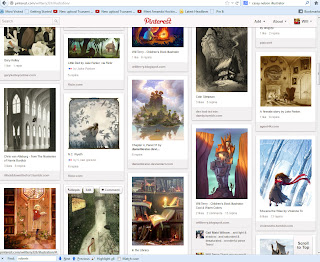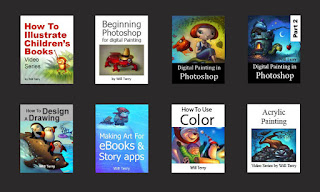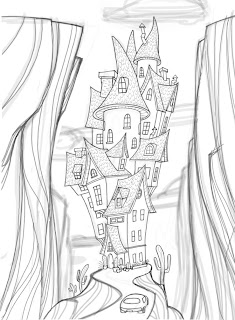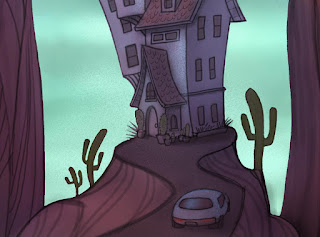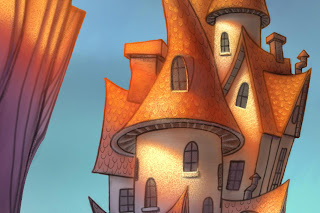Get Four of Folio Academy’s video training courses FREE when you purchase Kwiksher.
Bring your interactive stories to life, without code. Creating your own apps can be fun and fulfilling and now anyone can do it with Kwik 2 at kwiksher.com.
What is Kwiksher? The best way to create mobile apps from Photoshop!
click below to See Kwik in action.
Improving Your Work, Training with the Best
Alex Souza, the founder of Kwiksher says, “I am a believer that there is always space for improvement (in our lives, skills, and so on). Of course this applies to Kwik made apps.”

Quality is one of the top reasons for successful positions into store rankings.
Thinking about that, I partnered with Folio Academy and Will Terry, one of the top children’s book illustrators in the world, to provide quality instruction to anyone willing to improve illustration and painting skills with Photoshop.
Will’s life’s goal was to become a children’s book illustrator, and to date, he has illustrated over 25 children’s books with great publishers like Scholastic, Random House, Leap Frog, Houghton Mifflin, Dial, Albert Whitman, and Simon Schuster.
I am really a fan of what he is able to do and I believe everybody will get great insights from his blog.
Every new Kwiksher customer (till end of April) will get the following four training videos for FREE.
Every Kwiksher customer can get a 50% discount (till end of April) on the following four training videos by Will at Folio Academy. But even better, all new customers who purchase Kwik 2 at Kwiksher.com will be given, all four of these wonderful lessons. ~Alex
- How To Design A Drawing: explains what it means to design a drawing as well as an introduction to the design principles and elements. Honestly, I wish I had this information while in college;
- Beginning Photoshop for Digital Painting: developed for the beginner who has never used Photoshop;
- Digital Painting in Photoshop: will be shown all of the settings, controls, and the relatively few tools will uses to create digital textual colorful “paintings”;
- Digital Painting in Photoshop Part 2: demonstrates how to take a sketch to finished piece step by step;
Together, these tutorials cost US$100 so, don’t miss the opportunity to get them with the discounted price.









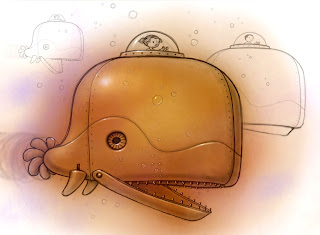


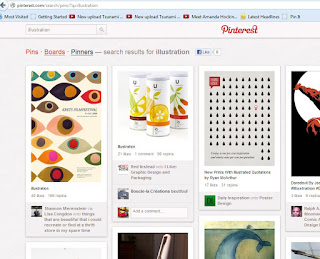
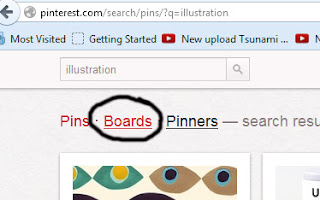
 …make sure you REALLY like the images you’re re-pinning. These need to be images that you really admire and perhaps wish you’d created so be picky! Also – if you don’t pin really good stuff people will ignore your board and that will kill this whole experiment.
…make sure you REALLY like the images you’re re-pinning. These need to be images that you really admire and perhaps wish you’d created so be picky! Also – if you don’t pin really good stuff people will ignore your board and that will kill this whole experiment.